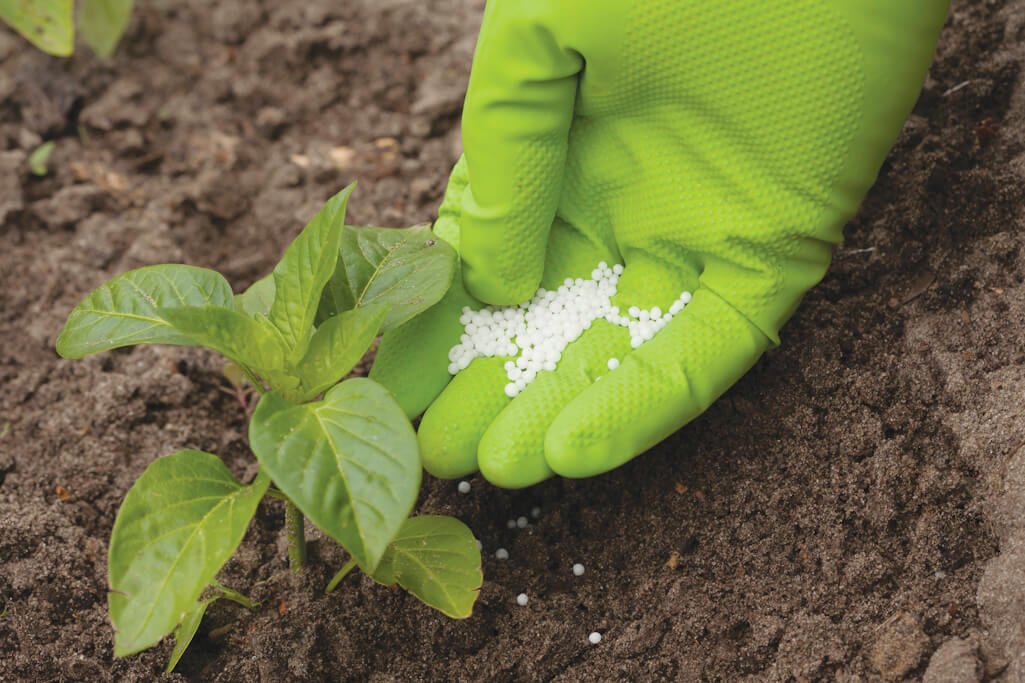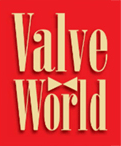A short news update from Ma’aden about a phosphate fertilizer project in Saudi Arabia recently caught VW’s attention, prompting desk research into how such fertilizers are produced. The large number of process steps, variation in conditions, plus the level of contaminants, means that a broad valve palette is required, often featuring corrosion resistant alloys.
By KCI Editorial
Production chain
The production chain for most commercial phosphate fertilizers starts with phosphate rock. Significant reserves of high-quality phosphate rock can be found in Morocco, China and US. The extracted rock is first ground before being passed through recovery units to mechanically separate out sand, clay and other impurities. This process is often referred to as phosphate beneficiation.
The crushed, concentrated phosphate rock is mixed in a reactor with sulphuric acid to form a weak phosphoric acid. This particular step is widely known as the wet phosphoric acid process – WPA for short.
The weak phosphoric acid (40-55%) can then be used to produce solid and liquid phosphate fertilizers (see box). SSP is the easiest to produce: the semi-solid resulting from the phosphate rock / sulphuric acid reaction is simply allowed to cool and cure, before being milled and screened to the appropriate size.
Today, MAP and DAP are the most popular phosphate fertilizers as they are economical and have a high nutrient content. These fertilizers are produced by a subsequent reaction between ammonia and the weak phosphoric acid derived from the WPA process.
A growing segment
For a sense of perspective, data available from Market Research Future(1) valued the 2024 global phosphate fertilizer market at around USD 70 billion and forecasts growth to USD 125 billion by 2034. Drivers include population growth, food insecurity, a decline in the quality and quantity of agricultural land, rising demand for alternative foodstuffs, and government initiatives promoting the use of artificial fertilizers.
A quick guide to phosphate fertilizers:
MAP = mono-ammonium phosphate
DAP = di-ammonium phosphate
SSP = single superphosphate
TSP = triple superphosphate
Corrosion
A recent technical article by Simbarashe Fashu and Vera Trabadelo (Mohammed VI Polytechnic University, Benguerir, Morocco) gives an excellent review on the development, performance and selection of stainless steels and nickel alloys for the WPA process(2). These are attractive construction materials due to their superior mechanical and chemical integrity, toughness, ductility, versatility and easiness to fabricate. Discussing their findings, the authors state that austenitic stainless steels 904, 316 and 317 quickly corrode in reactor vessel environments and that high nickel contents are required for alloys to withstand stress corrosion cracking.
A high chromium content is ideal for tube heat exchangers and circulation pumps in the concentration evaporators.
High chloride concentrations, erosion, the presence of deposits, stagnant solutions and high mechanical loading are challenges in the filtration area, hence grades such as 316L, 317L and duplex stainless steels are frequent selections.
Valve offerings
Several manufacturers have dedicated information available concerning valves for phosphate fertilizer production. A Crane brochure for example indicates solutions for common valve problems experienced in the WPA process, which include abrasion, corrosion, scaling, valve jams, downstream leakage, external emissions and cleaning/flushing issues. Crane’s scope of delivery includes XOMOX sleeved plug valves, Saunders diaphragm valves and XOMOX high performance butterfly valves for plant areas such as attack/filtration, acid concentration (evaporation), gas treatment, and recycle water supply system.
GEMÜ too has a very informative brochure that outlines phosphate extraction. In terms of flow control they highlight two challenges: firstly, the need to handle mineral acids, requiring special care in the choice of construction material and/or internal linings and coatings; secondly, the handling of solids, where again rubber linings can prevent equipment damage. Providing solutions, they suggest their rubber lined butterfly valves, full bore diaphragm valves, butterfly valves with PFA encapsulated discs as well as PFA lined weir type valves amongst others.
Outlining the WPA production method, Diaval too state the triple challenge of contending with phosphate ore, highly corrosive chemicals and impurities such as fluorides; the latter ruling out the use of glass lined reaction vessels and valves. Diaphragm valves can be used to solve many valve problems, they state. Useful linings include isobutylene, seen as an economical choice that offers resistance to the phosphoric acid and fluorine derivatives. In more critical areas, austenitic stainless steels deliver low corrosion rates of between 0.03 and 2.0 mm/year whilst fluorocarbon linings can also be considered.

Case studies
Several valve companies also provide interesting case studies and recommendations. For example, the Orbinox website gives details of knife-gate valves fitted to so-called ‘attack tanks’ in a large-scale phosphate fertilizer complex. Challenges for the valves included the very aggressive media (phosphoric acid slurry, 22-28% acid, solids up to 35% and a normal temperature of 80 °C) as well as the very low opening/closing cycles, blocking problems and sleeve wear. Orbinox’s solution was their WG knife-gate valve, which is equipped with metal reinforced rubber sleeves. At the time the case study was written, the valves had delivered ‘extraordinary performance’ for close on three years.
Ma’aden’s investments
The original press release that sparked Valve World’s interest concerned the signing of three construction agreements worth over USD 922 million by Saudi Arabian Mining (Ma’aden) for its third phosphate fertilizer project. The deals include a USD 363 million contract with China based Sinopec Nanjing Engineering & Construction for acid production units and related infrastructure. A USD 234 million agreement has been reached with Turkey’s Tekfen Construction for construction of a beneficiation plant.
And finally, a USD 325 million contract is in place with the China National Chemical Engineering Company for general construction works.
Ma’aden first announced its third project for manufacturing phosphate fertilizers back in 2016, estimating the project’s total cost at USD 6.4 billion. The complex is set to increase the company’s annual production capacity by 50% to 9 million tonnes. In October 2018, Ma’aden signed a USD 892 million engineering, procurement, and construction agreement with a global consortium to build the first of several plants believed to fall under this project, namely an ammonia plant with 1.1 million tons per annum capacity.
Dive Deeper into Valve World
Enjoyed this featured article from our May 2025 magazine? There’s much more to discover! Subscribe to Valve World Magazine and gain access to:
- Advanced industry insights
- Expert analysis and case studies
- Exclusive interviews with valve innovators
Available in print and digital formats.
Breaking news: Digital subscriptions now FREE!
Join our thriving community of valve professionals. Have a story to share? Your expertise could be featured next – online and in print.
“Every week we share a new Featured Story with our Valve World community. Join us and let’s share your Featured Story on Valve World online and in print.”


